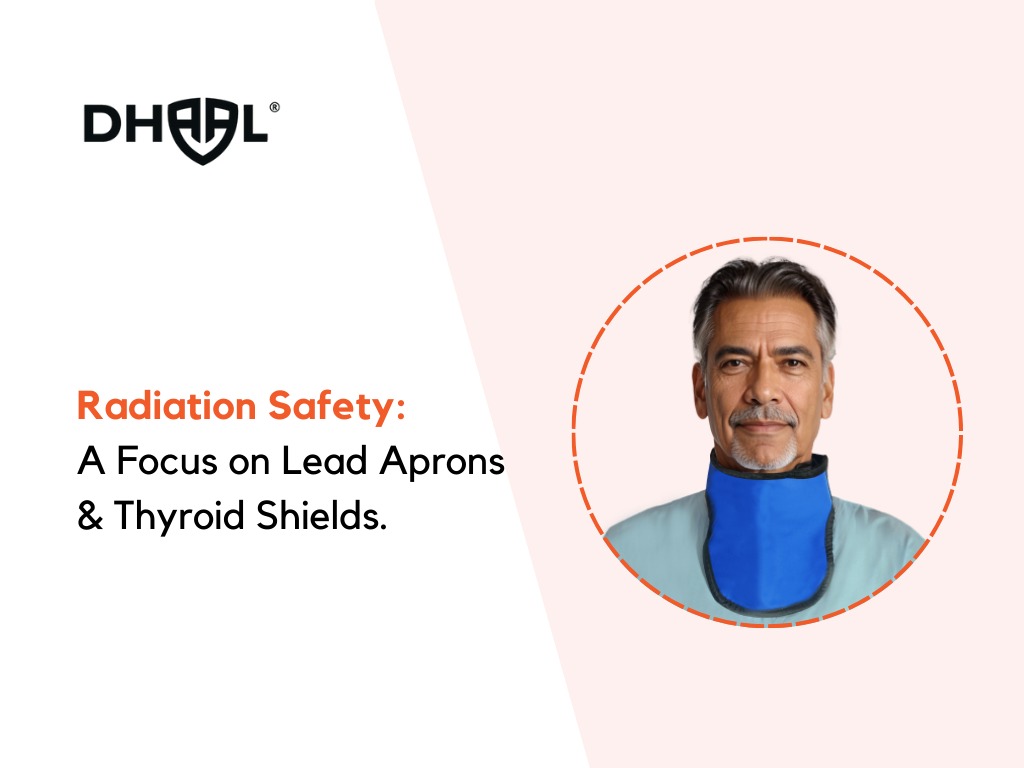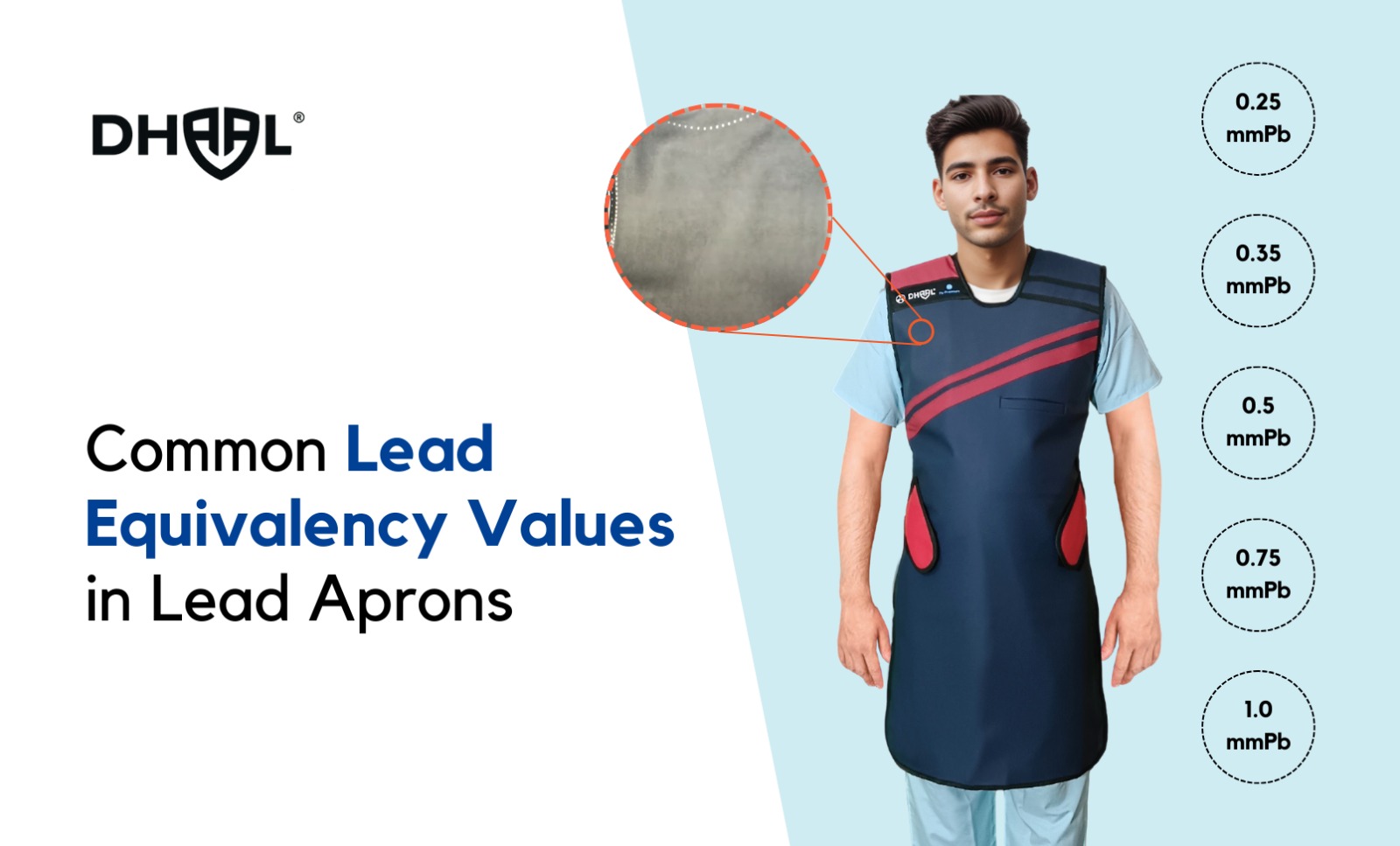
Radiation safety is paramount in medical imaging and radiography to protect both patients and healthcare workers from the potential harmful effects of ionizing radiation. Lead aprons and thyroid shields are critical components of personal protective equipment (PPE) used to minimize radiation exposure. This article delves into the purpose, effectiveness, and best practices for using lead aprons and thyroid shields.
Lead Aprons
Purpose and Use:
- Primary Protection: Lead aprons are designed to protect the body, particularly the torso, from scatter radiation. They are made from lead or lead-equivalent materials that absorb and block X-rays.
- Applications: Commonly used in diagnostic imaging procedures, including X-rays, fluoroscopy, and CT scans, lead aprons are worn by patients and healthcare providers to shield vital organs from radiation.
Effectiveness:
- Radiation Dose Reduction: Lead aprons can reduce radiation exposure to the protected areas by up to 90-95%, significantly lowering the risk of radiation-induced injuries or conditions.
- Coverage: The effectiveness of a lead apron depends on its design and fit. Full-coverage aprons provide the best protection, covering the chest, abdomen, and pelvic region.
Best Practices:
- Proper Fit: Ensure the lead apron fits well and covers the necessary areas without gaps.
- Regular Inspection: Periodically inspect aprons for damage, such as cracks or tears, which can compromise their effectiveness.
- Storage: Store aprons properly, avoiding folding or creasing, to maintain their protective integrity.
Thyroid Shields
Purpose and Use:
- Thyroid Protection: Thyroid shields, also known as thyroid collars, protect the thyroid gland from scatter radiation. The thyroid is highly sensitive to radiation, and shielding it is crucial to prevent radiation-induced thyroid disorders, including cancer.
- Applications: Used in procedures where the head and neck area is exposed to radiation, thyroid shields are worn by both patients and healthcare workers, particularly in dental radiography, mammography, and interventional procedures.
Effectiveness:
- Significant Dose Reduction: Thyroid shields can reduce radiation exposure to the thyroid gland by up to 90%, providing substantial protection.
- Design: Effective thyroid shields are designed to wrap around the neck, ensuring full coverage of the thyroid gland without obstructing the procedure.
Best Practices:
- Proper Positioning: Ensure the shield is correctly positioned to cover the thyroid gland fully.
- Regular Checks: Inspect thyroid shields regularly for any signs of wear or damage.
- Complementary Use: Use thyroid shields in conjunction with other protective equipment, such as lead aprons, for comprehensive protection.
Combined Use and Safety Protocols
Comprehensive Protection:
- Layered Defense: Using lead aprons and thyroid shields together provides a layered defense against radiation, protecting multiple critical areas simultaneously.
- Protocol Adherence: Follow established radiation safety protocols and guidelines to ensure maximum protection. This includes proper positioning, fit, and maintenance of protective gear.
Education and Training:
- Staff Training: Educate radiologic technologists and other healthcare workers on the correct use of lead aprons and thyroid shields. Regular training updates ensure adherence to best practices.
- Patient Education: Inform patients about the importance of wearing protective gear during radiographic procedures to ensure their compliance and understanding.
Technological Advancements:
- Improved Materials: Advances in protective materials have led to lighter and more comfortable lead aprons and thyroid shields, enhancing compliance and comfort without compromising protection.
- Optimized Techniques: Utilize modern imaging techniques that minimize radiation exposure, such as low-dose protocols and digital imaging, in conjunction with PPE.
Conclusion
Lead aprons and thyroid shields are indispensable tools in radiation safety, offering critical protection against ionizing radiation for both patients and healthcare workers. By adhering to best practices for their use, maintenance, and education, the medical community can ensure effective radiation protection and reduce the risk of radiation-induced health issues.



